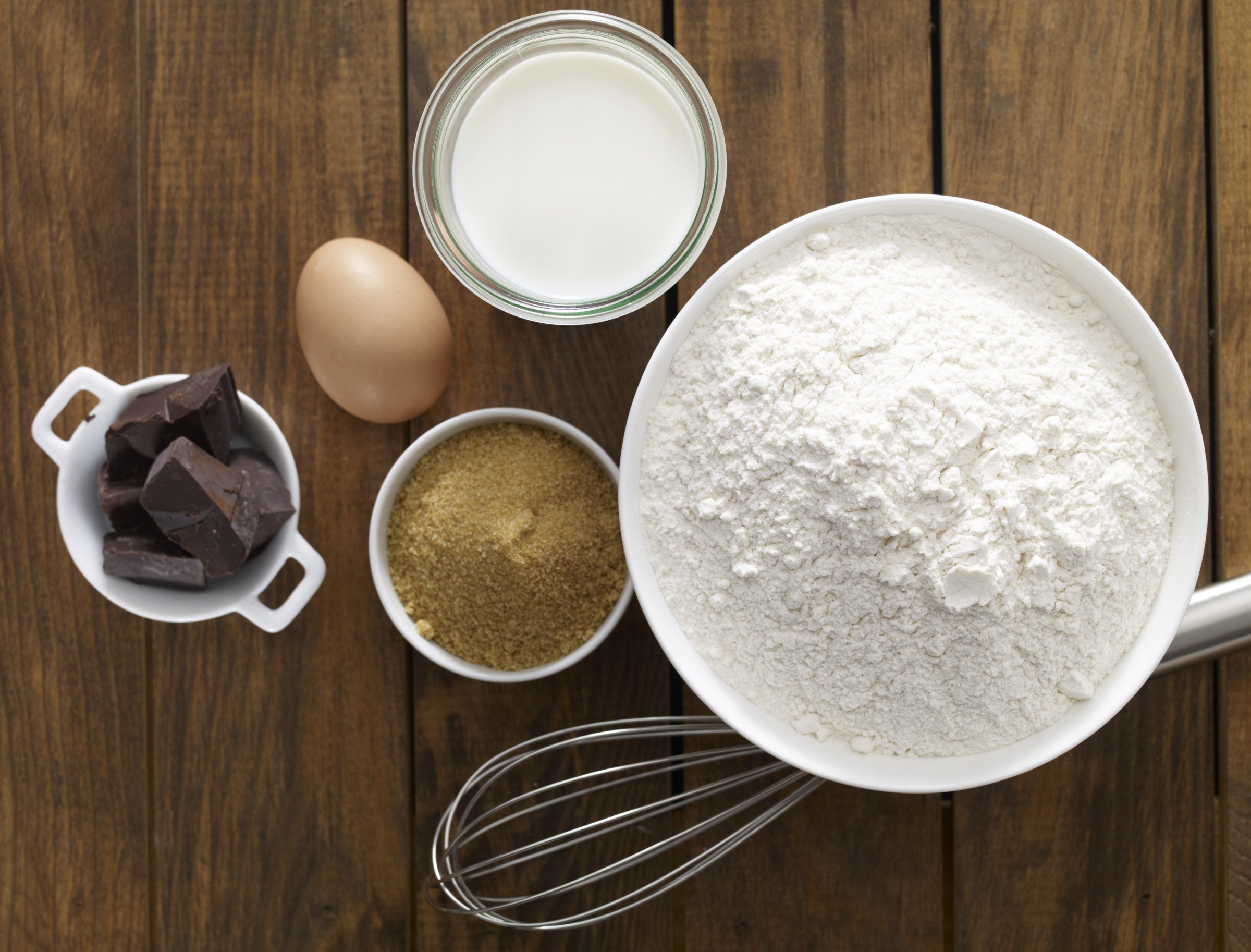
If your plan to read the recipe as you went along was, well, half-baked, here’s some helpful hints from the experts.
“My baking sheet has a sticky olive-oil residue, even after a run through the dishwasher.” — Carrie, via e-mail
THE FIX: Place the baking sheet in the sink, pour boiling water onto it, and mix in a few drops of Dawn dishwashing liquid, advises Julie Edelman, the author of The Ultimate Accidental Housewife. Let sit for 15 minutes. Then dump out almost all the water and scrub the residue with the abrasive side of a sponge. In the future, sprinkle a layer of baking soda on the sheet right after you’ve finished using it, while it’s still hot. The baking soda will absorb the oily gunk and you’ll be able to wipe it off easily before you put the sheet in the dishwasher.
“Oops! I put baking soda in my cake batter instead of baking powder.” — Julia, via e-mail
THE FIX: Add baking powder—half the amount that the recipe called for—to the batter and then proceed with baking, recommends Ray Brown, the vice president of global household research and development for Church & Dwight Co., the maker of Arm & Hammer baking soda. There are two possible outcomes: The baking powder may provide the cake with the right amount of volume, resulting in a perfectly normal-looking treat, or it could cause the batter to rise too much and overflow the pan. (As a preventive measure, place a cookie sheet under the cake pan.) No baking powder? Bake the cake anyway. You’ll probably end up with a dense, flat dessert. But there is a way to salvage this not-so-presentable result: Use the cake as a base for decadent sundaes. The Real Simple test kitchen suggests cutting the cake into 1-inch cubes, sautéing in butter until crispy, and topping with ice cream and hot fudge.
“I forgot to prep my pan with nonstick spray. Now I can’t get the cake out without ruining it!” — Allison, via Facebook
THE FIX: A cold cake is less likely to fall apart. Let the cake cool for an hour, then stick the whole thing in the freezer for six hours, advises Thomas Vaccaro, the dean of baking and pastry at the Culinary Institute of America, in Hyde Park, New York. Once it’s frozen, run a butter knife around the rim until you see the cake loosen from the pan’s sides. Flip the pan over and hold at a 45-degree angle over a cutting board. Tap one edge to pop the entire cake out. No luck? Insert forks between the pan and the sides of the cake; jimmy the forks underneath all the way around to loosen the bottom until the cake dislodges. Cover the cake in plastic wrap and defrost at room temperature for two hours.
This article originally appeared on Real Simple
More from Real Simple:
More Must-Reads From TIME
- The 100 Most Influential People of 2024
- Coco Gauff Is Playing for Herself Now
- Scenes From Pro-Palestinian Encampments Across U.S. Universities
- 6 Compliments That Land Every Time
- If You're Dating Right Now , You're Brave: Column
- The AI That Could Heal a Divided Internet
- Fallout Is a Brilliant Model for the Future of Video Game Adaptations
- Want Weekly Recs on What to Watch, Read, and More? Sign Up for Worth Your Time
Contact us at letters@time.com